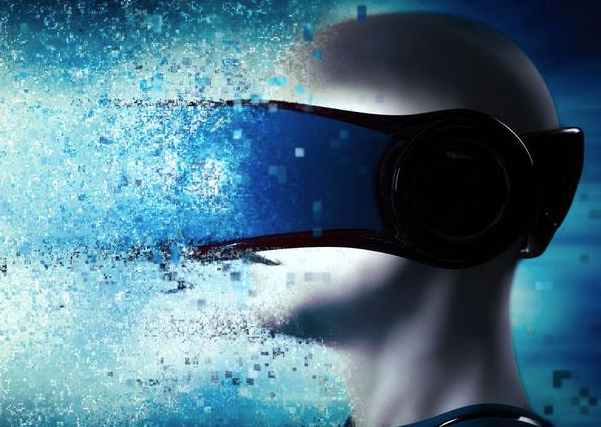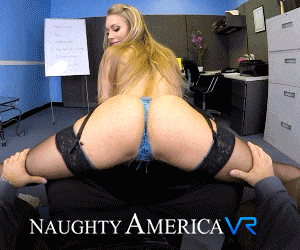4 Ways VR Can Revolutionize Geography Classes
Technology has been rapidly growing in the last 1 or 2 decades. More and more schools these days are incorporating new technologies, including Virtual Reality applications in their curriculum so that the students can better understand various subjects. Technology has changed the way in which teachers interact with their students, whether it is inside or outside the classroom.
For instance, earlier K-12 broadband internet access was limited to just 8% in the year 1995 and in 2014, it grew till 98%. Moreover, only 66% of K-12 instructors had access to interactive whiteboards in 2011 and it has risen to 75% in 2014. The sales of Chromebook and iPad has exceeded from the sales of computers in schools in the year 2012.
Amongst others, Virtual Reality is the most recent technological innovation introduced in fields like education, gaming, etc. Virtual Reality or VR has taken its own niche in every other field, including education.
This latest VR trend is only going to augment with time as more time and money is invested in this new innovation by numerous schools in different districts. It has the power to change the learning and educational methods of students and gives us a peek into future classrooms.
A survey conducted by Extreme Networks on almost 350 schools with K-12 and higher education depicted that 23% of the respondents have tried or tested Virtual Reality and 40% said that they might use this technology in the future. Amidst these, one respondent is taking appropriate measures to provide VR in their school at nearly no or low costs.
Moreover, companies like Alchemy VR, Immersive VR Education, and zSpace are surging in numbers. These firms are exclusively dedicated to packaging educational content and curriculum, teacher technological and training tools in order to assist teachers in educating students in a deeply engaging way within the 4 walls of a classroom through the support of instructions based on Virtual Reality.
One of the subjects that can truly benefit from this new VR technology is Geography. Let me remind you that Geography is the study of places as well as people, their physical and social surroundings. It teaches students the outlook on diversity that even though there are different people and nations in the world, yet they have some similarities.
This is why teachers should utilize a myriad of resources and interactive lessons in classrooms while teaching Geography. Some of the ways in which Virtual Reality can be covered in schools for the subject of Geography and be beneficial for students are:
- Provides a direct experience of Geography lessons
By using Virtual Reality in Geography, schools can provide students a direct experience of all the geographical regions around the world. Not only this, students can also compare different places with each other and openly feel, sense, as well as feel the various differences in these places, which will give them a better understanding of various places, how they’re different from each other, and what are the unique things about each place. This makes learning easier for students as compared to just reading all these things in a book.
- Switch to 3D from 2D
With the help of VR, students can get to experience and see 3D images of different geographical regions rather than just seeing the 2D pictures in a book or online. For instance, Google launched its Pioneer Expeditions in 2015, which helps students to visit Mars or the Great Wall of China with the help of Mattel Viewmasters or Google Cardboard viewers. These new applications turn smartphones into Virtual Reality headsets.
- Develops empathy
When students learn through books about different people staying in different parts of the world as to how they live, what are their customs, what type of foods they eat, etc., they try to memorize that. However, when Virtual Reality is incorporated in Geography lessons, students can travel the world and learn better by seeing and experiencing the life of other people in different regions around the globe. They come to know how to empathize with others, which, in turn, takes them out of their comfort zone.
- Makes Geography fun and easy
VR can make boring Geography lessons fun, easy, and quick to go through. It enables students to take field trips daily, just like the old television show “The Magic School Bus.” This subsequently increases the interest of students in Geography. Furthermore, in between Geography lessons, students can travel during school hours. After all, who doesn’t like traveling and that too at the time of studying?
Thus, schools can really benefit when they make use of VR in their curriculum and content. It is imperative that schools focus on their funding for the most recent technological innovations so that they can immerse students in education and build their interest in various subjects.


